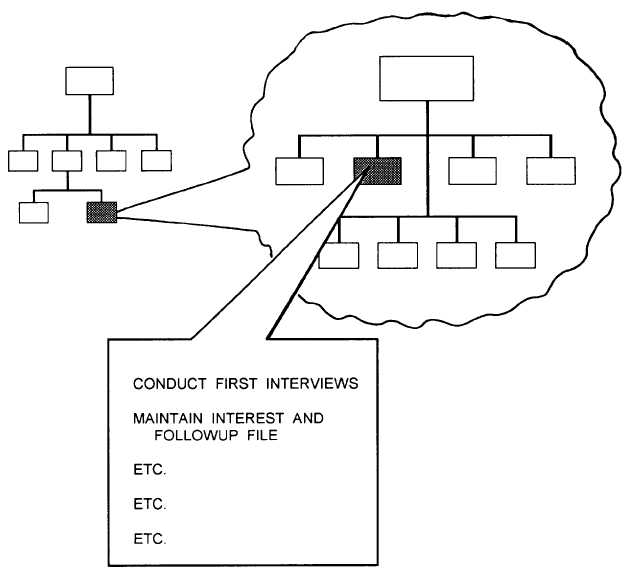| |
Too often we limit the concept of training to
classroom instruction. We forget that training is a
constant process in everyone’s development. That may
be even more apparent in the Navy because of the
frequency of transfers. There is always someone
transferring out and a new replacement reporting in.
Even though skilled in the job, the replacement must
learn local procedures and adjust to local problems and
working conditions.
Each new member presents an immediate need
for training. The extent of the training needed is
determined by the person’s prior training and
experience. The training needs may be met through three
important steps:
1. Greeting the member pleasantly. While this
act of courtesy is not training in the strictest sense, it sets
the attitude of the new member toward the team and
opens the door for other team members to follow the
example.
2. Teaching the basics immediately. The
supervisor can quickly determine the new member’s
need for this training from information gained through
an interview. The responsibility for providing this
training may be assigned to other members of the team;
the method used must be appropriate for each
individual.
3. Providing follow-up. This step is just as neces-
sary as the training step, from both the viewpoint of the
supervisor and the new member. A follow-up lets the
supervisor know how the member is progressing and
what additional training is needed. It shows the
supervisor’s interest in the members progress and opens
lines of communication.
4-9
|

